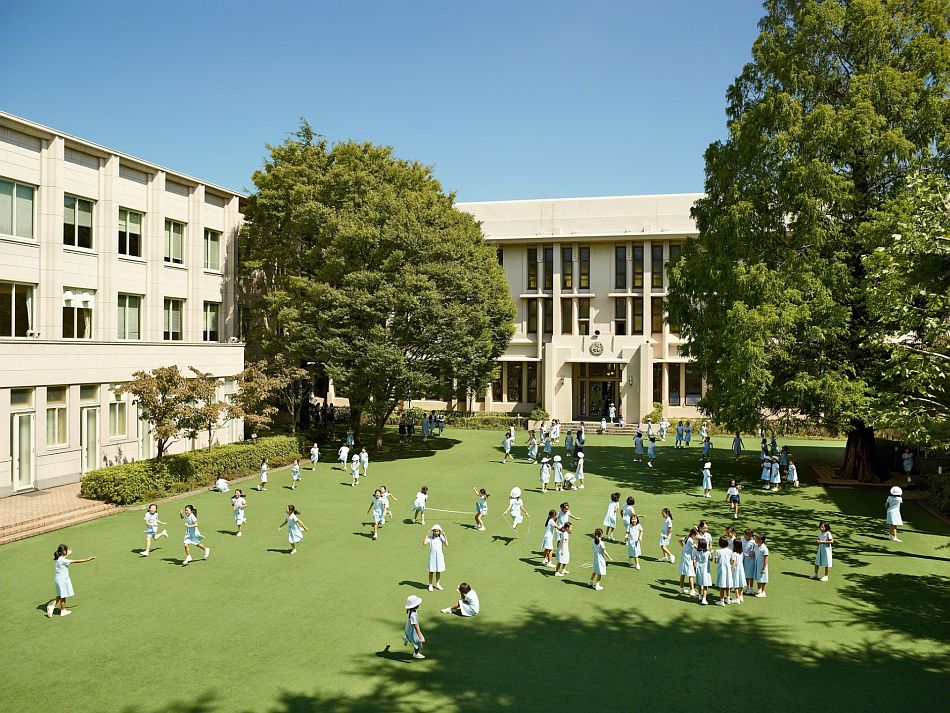Evening for Educators Workshop: What You Wear On Your Feet
Artist: James Mollison
Enduring Idea: We are all human, which connects us, and yet we are unique.
Rationale: James Mollison is an artist who focuses on using photography to document people from all around the world to show their similarities and differences. We are all people that are a part of a much larger world with more diversity and different cultures than I think most people realize. We are all so different and yet the same. James Mollison does a good job of finding something in common, like playgrounds or where someone sleeps, and showing the differences through comparison. These are topics that will help spark greater cultural awareness when introduced to students. Students will learn about people that are the same and different from them, which will lead to greater empathy and understanding.
Objective: Through discussion and an art activity, educators will learn about the artist James Mollison and become familiar with his work, so they can implement some of his ideas and practices into their teaching.
Key Concepts:
- We are all human
- Human experience can be boiled down to the same basic elements
- We have a lot in common
- We also have a lot of differences
- Cultures connect us
- Cultures distance us
- Learning about different cultures is important
- Recognizing our own culture is important
Essential Questions
- What does it mean to be human?
- How are we the same?
- How are we different?
- What connects us as humans?
- What does your cultural experience mean to you?
- How has your environment shaped your life?
Workshop Plan:
- Discussion (20 min)
- Look at some examples of James Mollison’s artwork on a projector or from printed out images. In small groups at your tables discuss what you notice from the pictures. What are some ideas or concepts that come to mind? Share these ideas with the whole group. Ask some of the essential questions about the human experience and how we are all connected yet different. Maybe brainstorm some different ways that people from different cultures are the same and different.
- Introduce the Art Activity (5 min)
- Mollison uses photography as his medium of documenting these similarities and differences across cultures and locations. We will also use photography as our main medium.
- Find something in common that we all have, but will still be unique to each individual; for example, what you wear on your feet.
- Everyone will need to take a picture of whatever they are wearing on their feet and they will need a picture of themselves.
- Following the practice of Mollison, we will create a diptych of the image of the person and what they wear on their feet. Then we will hang all of these images up on the wall to see the similarities and differences (If there’s no printer we can email them and look at them on a projector).
- Complete the Art Activity (20 min)
- Look at the finished product and discuss what we learned or other ideas (5 min)
- How are what we wear on our feet the same?
- How are they different?
- What do we learn from comparing them this way?
**Another idea or adaptation of this project could be called “On The Tips of Our Fingers” instead of “What We Wear On Our Feet.” For this art project we would make fingerprints from dipping one finger in ink and pressing it onto a piece of paper; then scanning in those fingerprints, enlarging them and printing them out. Then display the fingerprints in a series with all the other participants. Through this project we can also see something that we all have, but is still unique to us.





